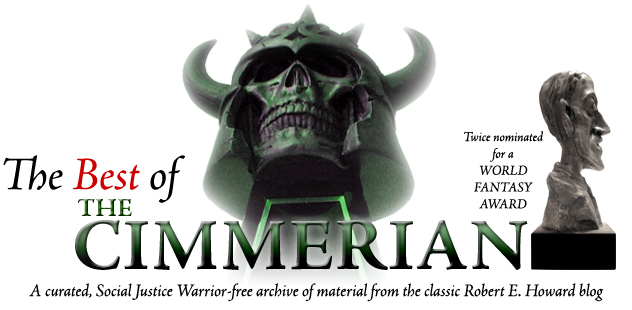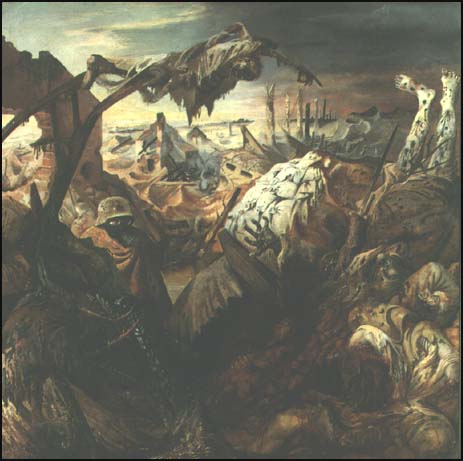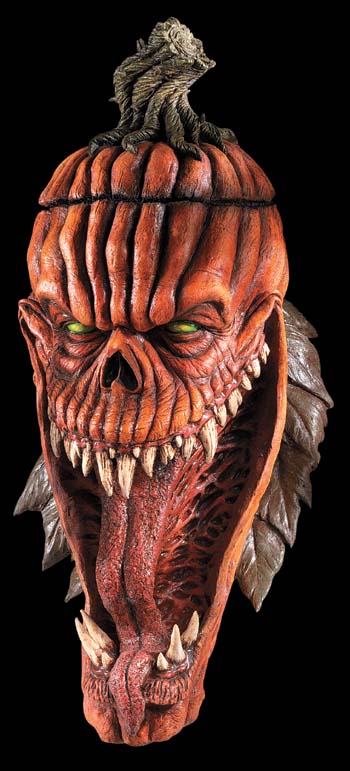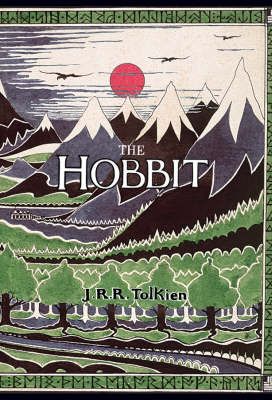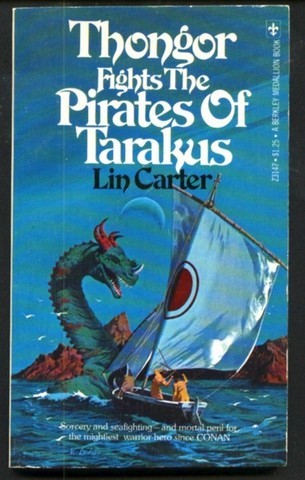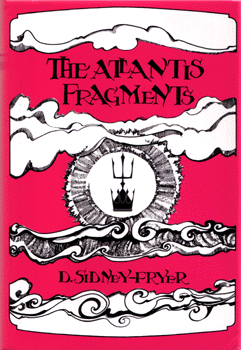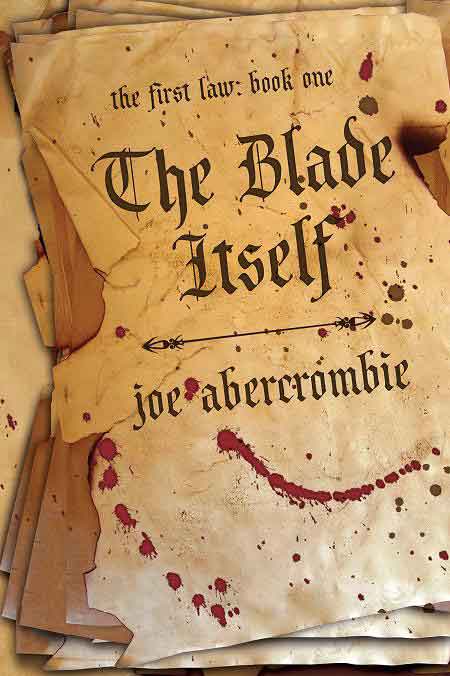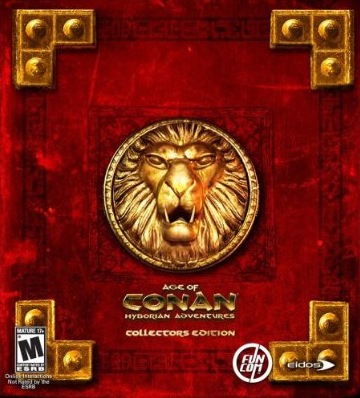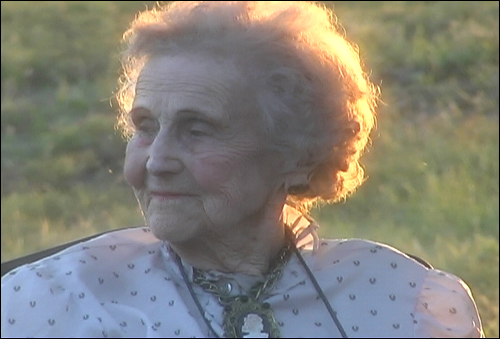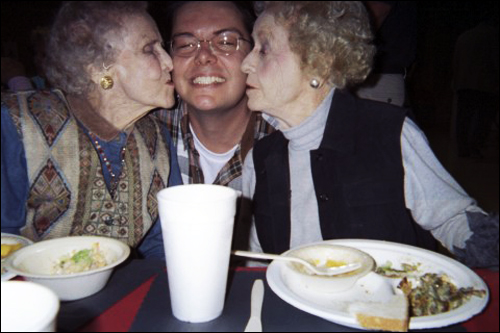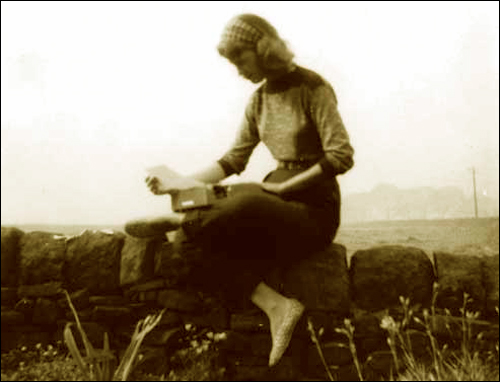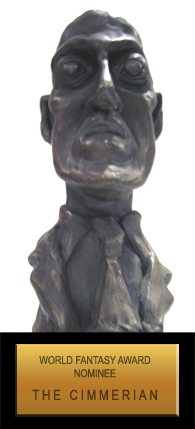A Farewell to Armistice Day: “What Hellish Seed…?”
Tuesday, November 11, 2008
posted by Steve Tompkins
It’s been ninety years since “the eleventh hour of the eleventh day of the eleventh month” of 1918 on the Western Front, and very soon now recalled or recollected history will give way entirely to history that is merely recorded. My thoughts never require much encouragement to run to World War One, and this morning two “holiday”-themed pieces got me musing about remembrance and the conflict that murdered illusions and mothered ironies, the distant Armageddon of Robert E. Howard’s childhood. In “Photographer Races Clock to Honor Last Few World War I Vets” Mark Bixier and Paula Hancocks describe the commemorative efforts of one David De Jonge, who’s driven by his awareness of “the last breaths of the last souls who witnessed one of the most horrific wars this world has ever seen.” By his painstakingly researched count, only ten veterans — of any Great War army — still survive:
Four live in Britain, two in Australia, two in France and two in the United States: Buckles and 108-year-old John Babcock of Spokane, Washington, who served with Canadian forces during World War I, DeJonge said.
Each week or month that passes, it seems, brings news of an aging veteran succumbing before DeJonge can find the time and money to photograph him.
Not long ago, he said, two Jamaicans who fought with the British during World War I died. The last known German, French and Austro-Hungarian veterans died in the last year as well.
“These are the last of the last,” he said.
